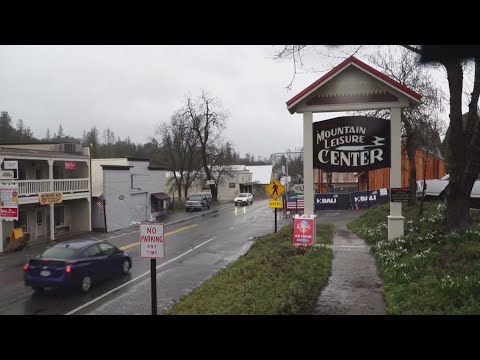Real-Time Collaboration in 3D Design
Historically, 3D design has been a solitary process, with individual users creating files and manually sharing them with collaborators. However, with the advent of real-time collaboration, designers can now work together on the same file and witness changes happening instantaneously [1]. This breakthrough in technology has revolutionized the way teams collaborate on 3D design projects, enabling faster iterations, improved communication, and enhanced productivity. In this article, we will explore the concept of real-time collaboration in 3D design, its benefits, and the tools that facilitate this process.
Benefits of Real-Time Collaboration
1. Enhanced Communication and Collaboration
Real-time collaboration in 3D design allows team members to work together seamlessly, irrespective of their physical location. By providing a shared workspace, designers can collaborate in real-time, making changes and receiving feedback instantly. This eliminates the need for time-consuming back-and-forth communication and accelerates the design process [1].
Moreover, real-time collaboration fosters better communication among team members. Designers can discuss ideas, share insights, and provide feedback in real-time, leading to more efficient decision-making and improved project outcomes. The ability to see changes happening live encourages active participation and promotes a sense of collective ownership [1].
2. Increased Productivity and Efficiency
Real-time collaboration significantly enhances productivity in 3D design projects. Designers can work simultaneously on different aspects of the project, reducing idle time and maximizing efficiency. With real-time updates, team members can quickly identify and resolve conflicts or inconsistencies, minimizing errors and rework [1].
Additionally, real-time collaboration streamlines the review and approval process. Stakeholders can provide feedback directly within the collaborative environment, eliminating the need for separate communication channels or lengthy email threads. This expedites decision-making and ensures that projects progress smoothly [1].
3. Iterative Design and Rapid Prototyping
Real-time collaboration empowers designers to iterate rapidly and explore multiple design options. By working together in real-time, they can experiment with different ideas, make instant modifications, and visualize the impact of changes immediately. This iterative approach allows for faster prototyping and enables teams to refine their designs more efficiently [1].
Furthermore, real-time collaboration facilitates the creation of interactive experiences. Designers can add interactivity to 3D objects, test user interactions, and refine the user experience in real-time. This dynamic feedback loop enables designers to create immersive and engaging experiences that align with their vision [3].
Tools for Real-Time Collaboration in 3D Design
1. NVIDIA Omniverse™
NVIDIA Omniverse™ is a platform that enables real-time collaboration in 3D design projects. Built on the Universal Scene Description (USD), Omniverse™ allows artists, designers, engineers, and developers to connect and build custom 3D pipelines [2]. With its multi-GPU support and real-time capabilities, Omniverse™ provides a scalable solution for 3D simulation and design collaboration [4]. By unifying teams, assets, and creative applications in one platform, Omniverse™ enhances collaboration across industries [4].
2. Spline
Spline is a browser-based 3D design tool that offers real-time collaboration features. With Spline, teams can work together in real-time, set individual permissions, and collaborate seamlessly on 3D modeling projects [3]. The tool provides parametric object creation, polygonal editing, animation capabilities, interactive experiences, material layering, 3D sculpting, and more [3]. Spline’s intuitive interface and real-time collaboration capabilities make it an ideal choice for teams seeking to collaborate on 3D design projects efficiently.
Conclusion
Real-time collaboration has transformed the landscape of 3D design, enabling teams to work together seamlessly and witness changes happening instantaneously. The benefits of real-time collaboration include enhanced communication and collaboration, increased productivity and efficiency, and the ability to iterate rapidly and create interactive experiences. Tools like NVIDIA Omniverse™ and Spline provide the necessary infrastructure and features to facilitate real-time collaboration in 3D design projects. As technology continues to advance, real-time collaboration will undoubtedly play a vital role in shaping the future of 3D design.





